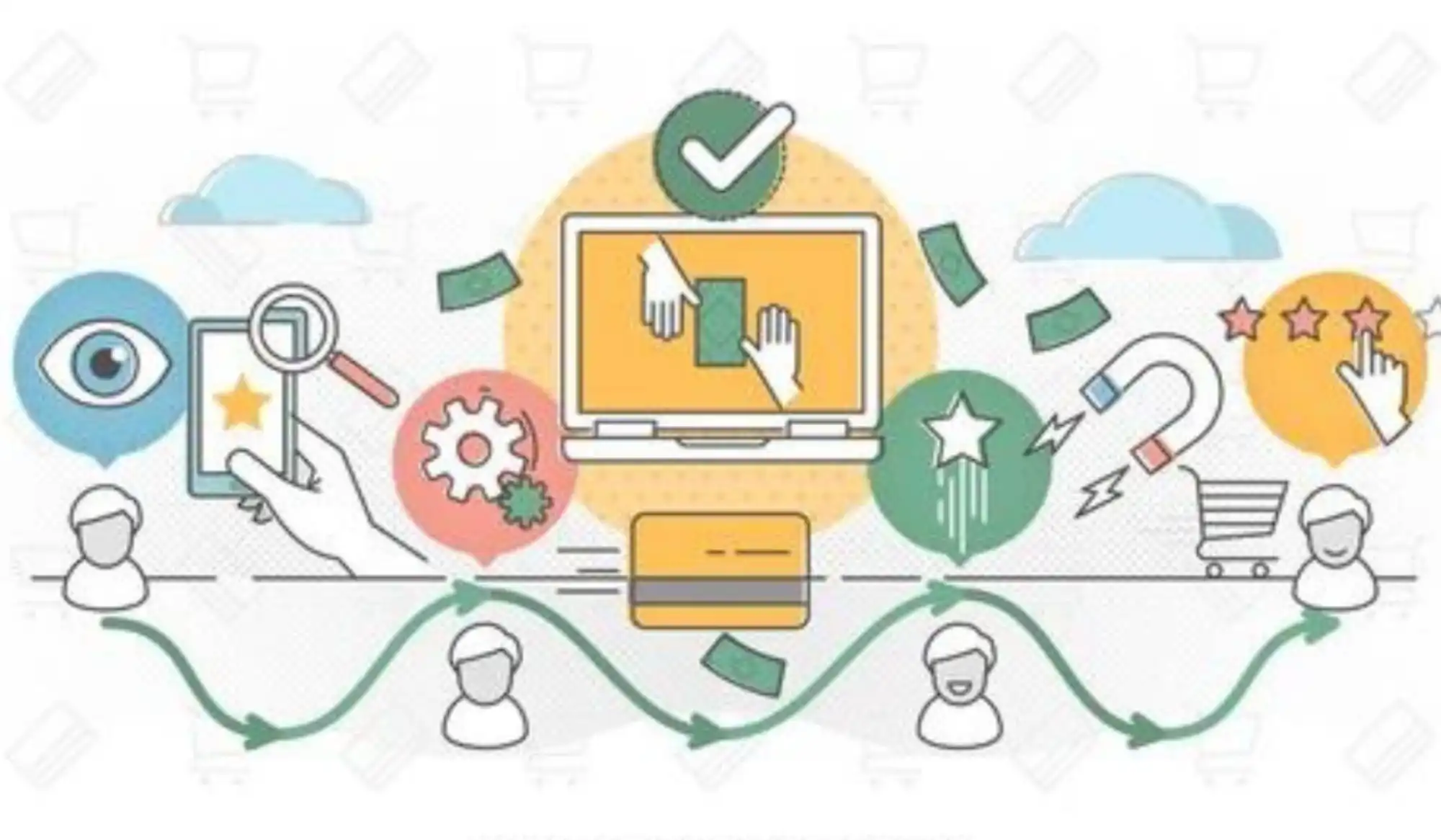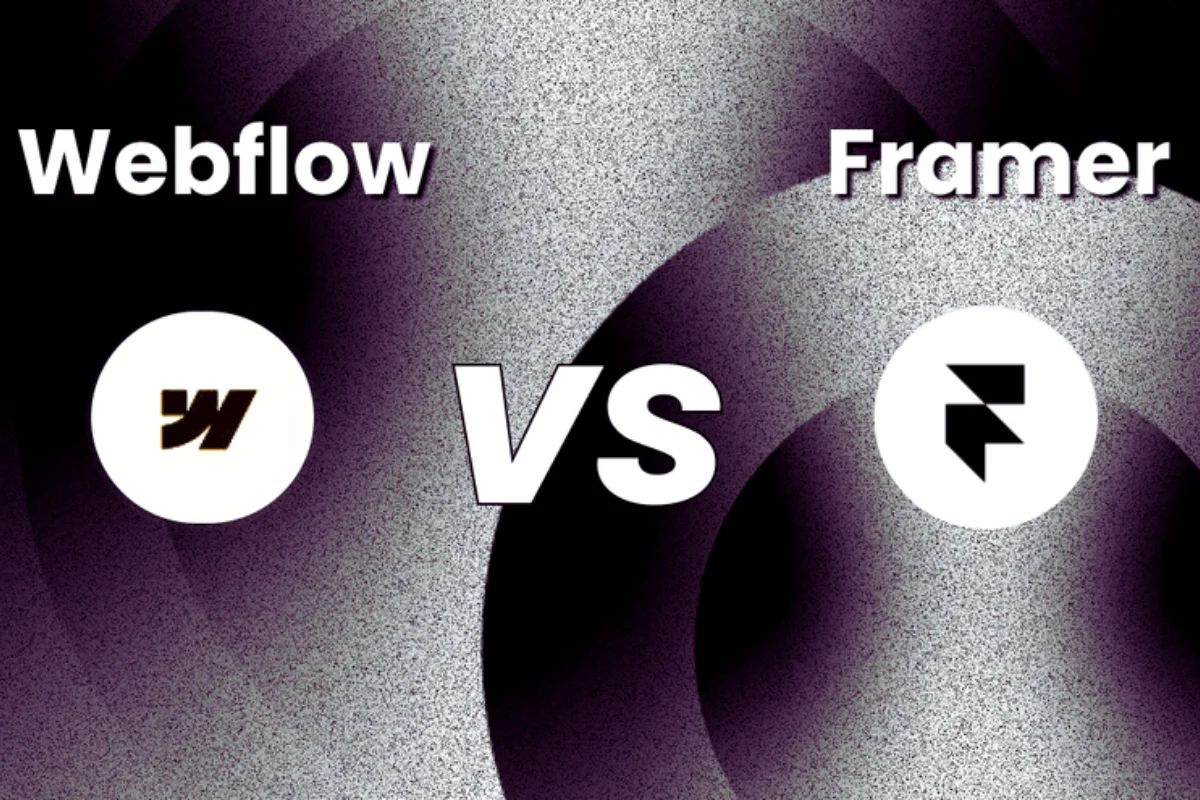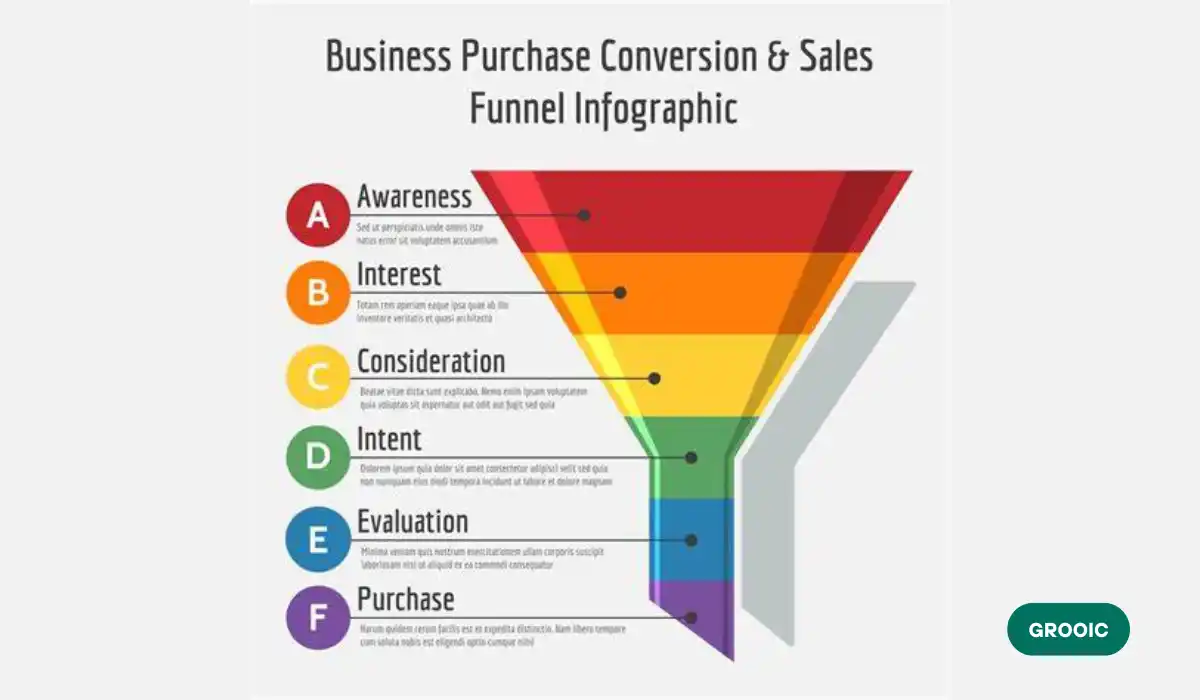Are you searching for the difference between customer engagement and customer experience?
Customer experience means the complete journey a customer takes with your business. Customer engagement means ongoing experiences that help customers develop relationships with your brand. At the same time, both are essential for company success.
Would you like to know more?
Table of Contents
What is Customer Engagement?
Customer engagement requires regular contact between a firm and its customers to develop lasting relationships. Brands utilize consumer engagement definition
is to,
- Attract,
- Engage and
- Retain customers.
If someone says the definition of customer engagement, then we can say, that customer involvement entails building loyalty and advocacy through genuine relationships.
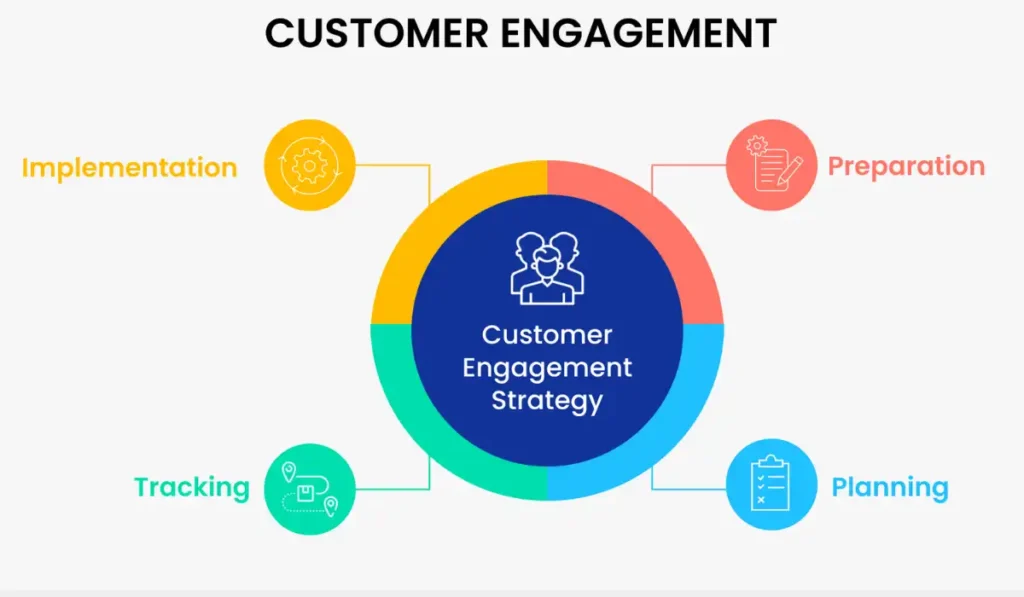
To improve customer satisfaction and long-term relationships, the client engagement definition promotes consistent interaction. Customer engagement means how organizations interact with and involve customers.
Another word for satisfied customer could be “contented client” or “loyal patron.” In terms of the online customer experience
community refers to the collective interactions and shared experiences of customers within a brand’s digital ecosystem.
Customer Engagement Management
The strategic approach to effective brand-customer interactions across touchpoints is Customer Engagement Management (CEM). It goes beyond typical customer service by providing,
- A personalised,
- Consistent and
- A value-driven experience that builds loyalty and advocacy.
Importance of Customer Engagement Management
Building Relationships
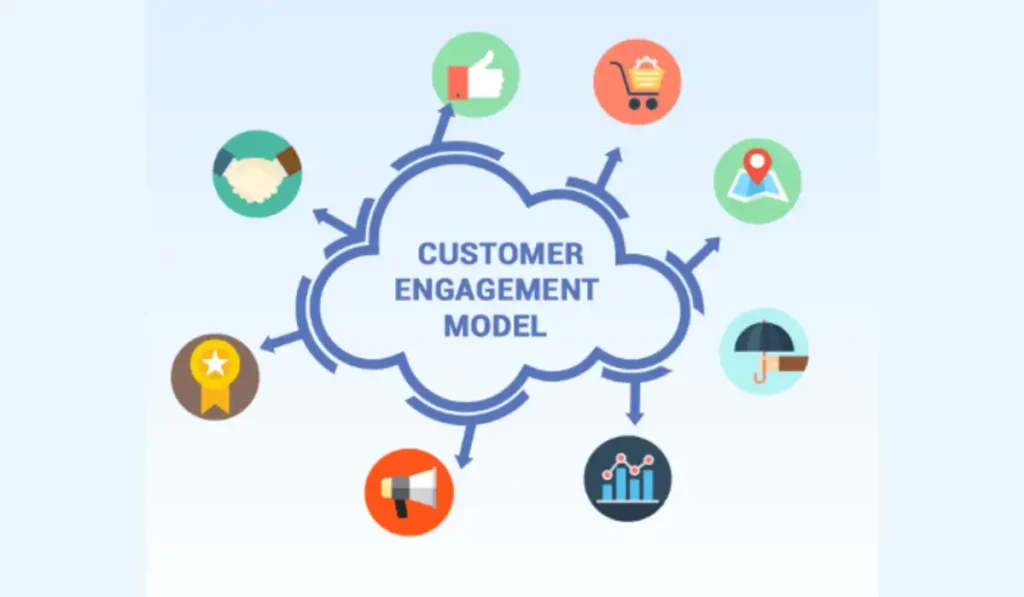
Strong emotional ties with clients are crucial to CEM. Consistent, good encounters build consumer pleasure and confidence.
Driving Revenue
Highly engaged customers are more inclined to buy again, try new products, and promote the brand. Research shows that good customer interaction increases profitability by 23% (approx.).
Enhancing Customer Experience
A well-managed engagement plan promotes a smooth and delightful customer experience from in-store to online assistance. Customer happiness and loyalty increase.
Key Elements of Customer Engagement Management
Personalization
Interactions must be tailored to client data, preferences, and behavior. When done right, personalization can boost conversion rates by 202% (approx.).
Consistency Across Channels
Ensuring consistency across customer touchpoints is crucial. The messaging, tone, and service quality should be consistent throughout social media, email, and in-store visits.
Cross-Selling Examples, Cross-selling examples include offering a customer who is purchasing a smartphone a protective case or screen protector as complementary products.
Feedback Mechanisms
A brand prioritizes customer feedback by actively seeking and acting on it. Responding to comments quickly can enhance customer retention by 15% (approx.).
Engagement Analytics
Tracking and analyzing engagement indicators like,
- Customer happiness,
- Net Promoter Scores (NPS) and
- Client lifetime value helps firms enhance strategy and performance.
Challenges in Customer Engagement Management
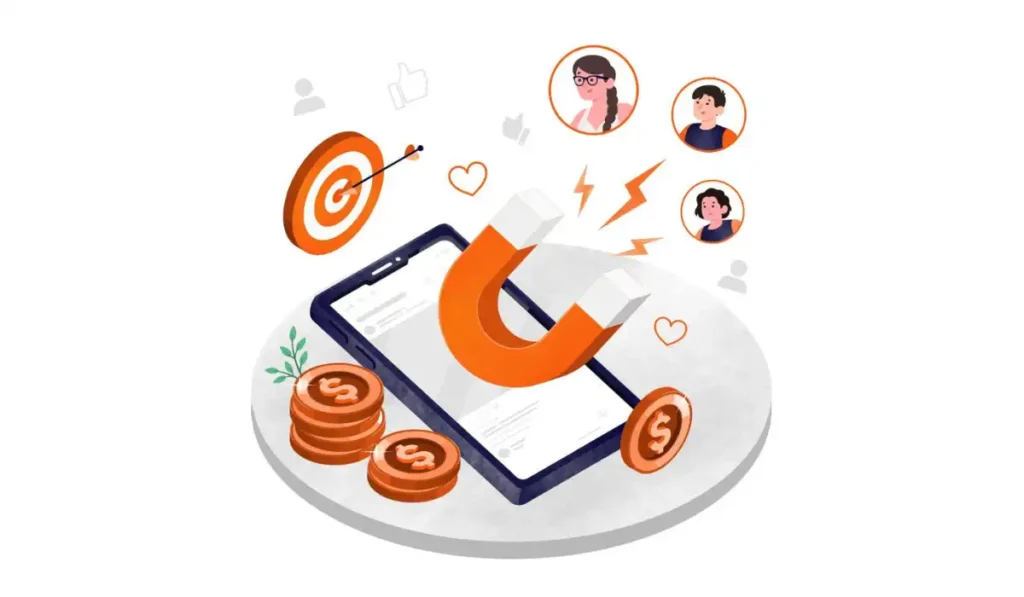
Data Overload
Manage and analyze massive amounts of client data can be overwhelming and lead to lost opportunities.
Maintaining Consistency
For large, global brands, maintaining customer experience across channels and touchpoints is difficult.
Resource Allocation
A strong CEM strategy needs significant investment in technology, training, and human resources, which can be difficult for smaller businesses.
Pros and Cons of Customer Engagement Management
| Aspect | Pros | Cons | Analytical Insights |
| Increased customer loyalty | Strong engagement fosters loyalty, leading to repeat business. | It requires continuous effort to maintain engagement. | Personalization can boost conversion rates by up to 202% (approx.). |
| Higher Revenue | Engaged customers tend to spend more and promote the brand. | High initial investment in technology and resources. | Effective feedback mechanisms increase retention by 15% (approx.). |
| Improved Customer Experience | Consistent engagement enhances overall customer satisfaction. | Maintaining consistency across channels can be complex. | Effective feedback mechanisms increase retention by 15% (apx.). |
| Better customer insights | Engagement analytics provide valuable insights for refining strategies. | Data overload can lead to analysis paralysis if not managed well. | Analytics-driven decisions improve customer targeting and experience. |
Client engagement management is essential for businesses seeking long-term client relationships. Its obstacles are outweighed by its benefits, including,
- Improved loyalty,
- Revenue and
- Consumer happiness.
Businesses may succeed and stay ahead in today’s economy by controlling client engagement.
Customer Success vs Customer Experience
Modern company tactics prioritize client happiness, loyalty, and long-term value. Though interconnected, they have specific duties in an organization.

Customer Success
Assists customers in achieving product or service goals. This proactive approach involves firms actively engaging with customers to maximize purchase value.
Customer success teams assist consumers in using products by providing,
- Support,
- Coaching,
- Education,
- Customer retention,
- Churn and
- Lifetime value is improved by helping customers realize their goals.
Customer Experience (CX)
nevertheless, includes the full customer journey with a business, from first interaction to post-purchase follow-up. Each touchpoint, like,
- Website navigation,
- Customer support,
- Product usability and
- Brand emotional connection is included.
Create a great and memorable customer experience across the customer journey to increase customer satisfaction and brand loyalty.
Key Differences
Focus and Objective
Customer Success
Maintains long-term value by helping consumers realize their goals.
Customer Experience
Ensures a pleasant and consistent experience across all touchpoints to maximize satisfaction.
Proactivity vs. Reactivity
Customer Success
Proactive, with teams actively engaging customers to help them succeed.
Customer Experience
Often reactive, addressing issues as they arise to improve the customer journey.
Measurement
Customer Success
Measured by metrics like,
- Net Revenue Retention (NRR),
- Customer lifetime value (CLV) and
- Churn rates.
Customer Experience
Measured by metrics like,
- Net Promoter Score (NPS),
- Customer Satisfaction (CSAT) and
- Customer Effort Score (CES).
Analytical Data for Customer Success vs Customer Experience
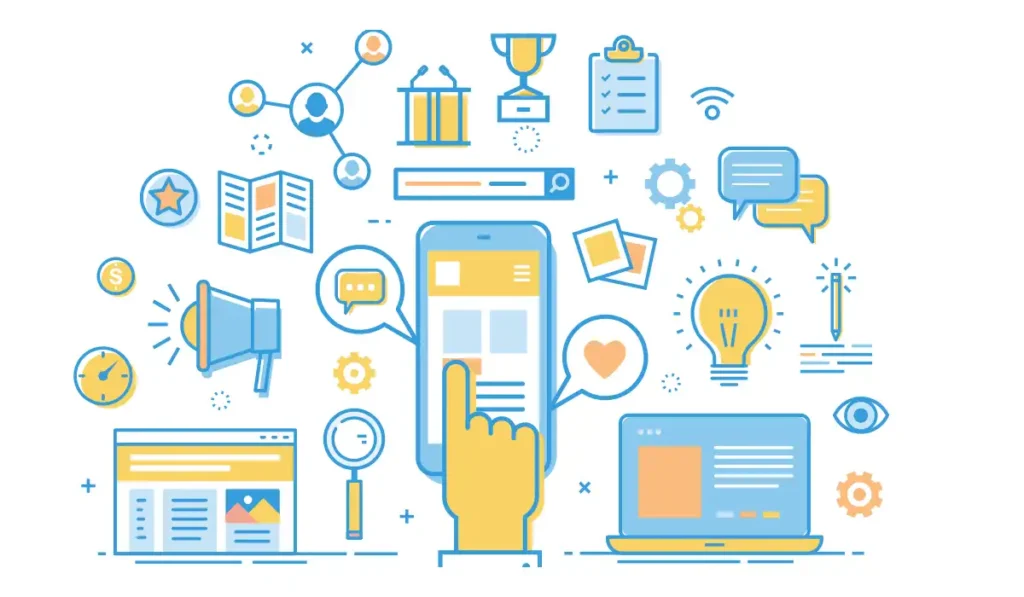
Customer Success Impact
Companies with a dedicated customer success team report a 34% (approx.) reduction in churn and a 17% (approx.) increase in CLV.
Customer Experience Impact
Businesses that prioritize CX see a 60% (approx.) higher profit than their competitors and can achieve a 5.7x (approx.) higher customer loyalty.
Pros and Cons
| Aspect | Customer Success | Customer Experience |
| Pros | Increases customer retention (34% (approx.) reduction in churn). | Enhances overall brand perception (60% (approx.) higher profits). |
| Increases customer retention (34% (approx.) reduction in churn). | Improves customer satisfaction and loyalty (5.7x (approx.) higher loyalty). | |
| Cons | It requires significant resources and ongoing customer engagement. | Can be challenging to manage across all touchpoints. |
| May not address broader emotional or experiential aspects. | Often reactive, addressing issues after they occur. |
Customer success and experience are crucial to corporate growth, but they serve different reasons. Customer success helps customers achieve their goals.
On the other hand, customer experience creates enjoyable encounters throughout the customer journey. Balanced solutions boost client pleasure, loyalty, and long-term profitability.
Customer Experience and Engagement
Customer experience (CX) is the entire customer journey with a brand. From initial contact to purchase and beyond. Every,
- Interaction
- Marketing,
- Sales,
- Support or
- Product use is included.
However, consumer engagement involves ongoing exchanges that develop a brand-customer relationship. It encompasses consumer interactions and brand perception, which can lead to brand loyalty and advocacy.
Importance of Customer Experience
Customer satisfaction, loyalty, and repeat business depend on customer experience. Positive customer experiences can transform people into brand evangelists, while unfavorable ones can drive them away and cause them to tell others.
In competitive markets, 86% (approx.) of purchasers will pay extra for a better customer experience, underscoring its value.
Key Elements of Customer Engagement
Personalization
Customers want customized experiences. Personalized brand experiences boost client happiness and loyalty by 20% (approx.).
Multichannel Interaction
Engaging customers via social media, email, chat, and in-store ensures a smooth experience. Shopping is multichannel for 73% (approx.) of consumers.
Proactive Communication
Engaging and satisfying customers requires regular updates, personalized offers, and prompt service.
The Interplay Between CX and Engagement
Interconnected is customer experience and engagement. Positive experiences improve customer engagement, which increases positive experiences.

A brand with great customer service (a critical component of CX) may build emotional relationships with its customers, increasing engagement. Companies that prioritize customer involvement reduce attrition by 63% (approx.).
Analytical Data on CX and Engagement
Customer Satisfaction
Companies with strong customer experience strategies achieve (approx.) 1.6 times higher customer satisfaction rates compared to those without.
Loyalty and Retention
Engaged customers are 23% (approx.) more likely to remain loyal to a brand and increase their spending by 18% (approx.).
Revenue Impact
Brands that excel in customer experience and engagement see a 4-8% (approx.) increase in revenue compared to those that don’t.
Pros and Cons of Customer Experience and Engagement
| Aspect | Pros | Cons | Analytical Data |
| Customer Satisfaction | Higher satisfaction leads to repeat business and referrals. | It requires continuous effort and investment. | 86% (approx.) of buyers are willing to pay more for better CX. |
| Customer Loyalty | Increased engagement fosters brand loyalty and advocacy. | Poor experience can lead to high churn rates. | Engaged customers are 23% (approx.) more likely to remain loyal. |
| Revenue Growth | Positive CX and engagement can drive significant revenue growth. | Initial costs for improving CX can be high. | Brands with strong CX see 4-8% (approx.) revenue growth. |
| Brand Differentiation | Exceptional CX sets a brand apart from competitors. | Difficult to maintain consistently across all channels. | Personalized experiences increase satisfaction by 20%. |
| Customer Insights | Engaged customers provide valuable feedback for continuous improvement. | Risk of overcommunication leading to customer fatigue. | Personalised experiences increase satisfaction by 20%. |
In conclusion, customer experience and engagement are essential for brand differentiation, revenue growth, and customer loyalty. Today’s competitive market requires organizations to recognize and optimize these factors for long-term success.
Conversion Rate Optimisation
What is Conversion Rate Optimisation (CRO)?

Conversion Rate Optimisation (CRO) improves a website or landing page to boost the number of visitors,
- Who buys,
- Sign up for a subscription or
- Fill out a form.
Understanding user experience behavior, testing site features, and creating data-driven performance improvements is CRO.
The Importance of CRO
CRO is vital since it affects marketing ROI. CRO converts site visitors into,
- Leads,
- Customers and
- Subscribers rather than just increasing traffic.
This method is cheaper than increasing traffic and can boost revenue.
The CRO Process
Analysing Current Performance
Assess your conversion rates and identify areas for improvement. User behavior can be revealed via Google Analytics and heatmaps to identify dropoffs and impediments.
Setting Goals and KPIs
Establish your site’s conversion criteria. Set goals and KPIs to assess success. Whether it be a product purchase, form submission, or content download.
Conducting A/B Testing
A/B testing includes developing two webpages (A and B) with minor differences to evaluate which performs better.
- Testing headlines,
- CTA buttons,
- Graphics and
- The layout is common.
Changes in CTA button color can boost clicks by 20-30% (approx.).
Implementing Changes
Implement conversion-boosting adjustments based on A/B tests. Continuous testing and optimization are essential for conversion rate maintenance and improvement.
User Experience (UX) Optimisation
UX improvements like site navigation, load times, and mobile friendliness can boost conversion rates. One second of page load time can reduce conversions by 7% (approx.).
Personalization
Customizing content, offers, and recommendations to user behavior and preferences can increase conversions.
Conversion rates can rise by 202% (approx.) with personalized experiences.
Analytical Data on CRO
Average Conversion Rate
Website conversion rates average 2.35% (approx.) across industries. Top-performing sites convert at 5.31% (approx.) or higher.
Impact of A/B Testing
Businesses that regularly perform A/B tests report a 25% (approx.) increase in their conversion rates.
Mobile Optimisation
Sites optimized for mobile devices can see a 15% (approx.) increase in conversions compared to those that are not mobile-friendly.
Cart Abandonment
The global cart abandonment rate is approximately 69.57% (approx.). Reducing this rate by optimizing checkout processes can significantly increase conversions.
Common CRO Strategies
Simplifying Forms
Form field reduction helps boost conversions. Shortening a form from four to three fields can improve submissions by 50% (approx.).
Improving CTAs
Making CTAs clearer can greatly impact conversions. A simple CTA like “Buy Now” instead of “Learn More” can boost conversions by 20% (approx.).
Social Proof
Reviews, testimonials, and user-generated content boost trust and conversions. Conversion rates might rise by 10-15% (approx.) on social proof websites.
Pros and Cons of Conversion Rate Optimisation
| Aspect | Pros | Cons | Analytical Insights |
| Increased Revenue | CRO directly improves revenue by converting more existing traffic. | Initial setup and testing can be time-consuming. | Top sites achieve conversion rates of 5.31% (approx.) or higher. |
| Cost-Effectiveness | More cost-effective than driving additional traffic. | Top sites achieve conversion rates of 5.31% (approx.) or higher. | A 1-second delay in load time can reduce conversions by 7% (approx.). |
| Improved User Experience | Enhances UX, leading to higher customer satisfaction and retention. | Changes might lead to temporary dips in conversion if not properly tested. | Personalization requires data collection and analysis, which can be complex. |
| Personalization boosts conversions by up to 202% (approx.). | Tailored experiences increase engagement and conversions. | Personalization | Sites with optimized forms can see a 50% (approx.) increase in submissions. |
| Data-Driven Decisions | Decisions based on data lead to more effective optimisations. | Misinterpretation of data can lead to ineffective changes. | Decisions based on data lead to more effective optimizations. |
Increasing Conversions
Businesses seeking maximum ROI prioritize conversions. User activities like,
- Buying,
- Signing up for a newsletter, or
- Filling out a contact form which is essential for measuring marketing performance.
Optimizing conversion tactics can boost profits.
Pros and Cons of Increasing Conversions
| Pros | Cons |
| Higher Revenue: Improved conversions lead to increased sales and profits. | Potential Over-Optimisation: Too much focus on conversions may overlook brand building. |
| Better ROI: More conversions mean better returns on marketing investments. | Customer Experience Impact: Aggressive tactics may harm user experience. |
| Enhanced Customer Insights: Understanding conversion drivers can improve overall strategy. | Short-Term Focus: Prioritising immediate conversions can ignore long-term gains. |
| Scalable Growth: Successful strategies can be replicated for sustained growth. | Resource Intensive: Requires continuous testing and optimisation efforts. |
Any business plan should increase conversions to boost,
- Revenue,
- ROI and
- Customer insights.
Analytical Data for Increasing Conversions
Analytic Data from Recent studies show that CRO increases conversion rates by 223%(approx.). Websites adopting A/B testing improve conversions by 30% (approx.). These statistics underscore the need for a conversion strategy.
Best Practices for Conversion Rate Optimisation (CRO)
CRO increases the percentage of website visitors who take a desired activity. Best practices are:
- A/B Testing: A/B Test headlines and graphics.
- Design for Users: Make your site easy to use.
- Effective CTAs: Write compelling calls to action.
Use Case: A retail website increased checkout completions by 15% with CRO approaches on product page redesigns.
Pros
- Increased conversions.
- Increase client satisfaction.
Cons
- Resource-intensive.
- Needs ongoing analysis.
The Role of A/B Testing in Increasing Conversions
A/B testing analyses two web pages or elements to evaluate which performs better. This tool boosts conversions by:
- Testing Variations: Headlines, pictures, and CTA buttons were tested.
- Data-Driven Decisions: Make modifications based on user data.
- Reduce guesswork: Discover your audience’s preferences.
Example: An e-commerce site evaluated two landing page designs, with the winning one increasing sign-ups by 20% (approx).
Pros
- Intelligent choices
- Reduced risk
Cons
- Processed slowly and requires high traffic.
How User Experience (UX) Impacts Conversion Rates
Your site’s UX affects conversion rates by making it easier for users to navigate. Important factors:
- Load Time: Faster sites lower bounce rates.
- Mobile optimization: Make your site mobile-friendly.
- Intuitive Navigation: Users can find what they need using simple layouts.
To improve user experience, a company optimized mobile responsiveness, resulting in a 25% increase in mobile conversions.
Pros
- Improved consumer satisfaction
- Higher engagement
Cons
- May need redesign
- Can be pricey
Effective Call-to-Action (CTA) Strategies for Boosting Conversions
Persuading consumers to take action with a strong CTA increases conversions. Includes strategies:
- Clear Messaging: Say “Buy Now” or “Sign Up.”
- Contrasting Colors: Highlight CTAs.
- Strategic placement: Put CTAs where users look.
- Use Case: A SaaS company increased trial sign-ups by 35%(approx.) by revising their CTA buttons.
Pros
- Instant impact
- Easy to implement
Cons
- Users can get annoyed by overuse.
- Needs ongoing testing
The Influence of Mobile Optimization on Conversion Rates
Mobile optimization is essential for conversions as mobile traffic rises. Important aspects:
- Responsive Design: Design responsively to ensure information works across devices.
- Touchable Navigation: Links and buttons should be clickable.
- Load Time: Mobile users anticipate fast access.
- Case Study: Mobile-optimized retail site increases mobile purchases by 40%.
Pros
- Broader audience reach
- Improved user experience with
Cons
- Needs development
- Possible maintenance increase
However, remembering to keep customers happy and avoid short-term thinking is crucial. A balanced approach with continual testing and optimization can sustain expansion.
FAQs
What are the four levels of customer engagement?
There are four stages of client engagement:
1. Awareness: Customers are aware of your brand, but they interact with it rarely.
2. Participation: Customers begin to interact with your information or items.
3. Commitment: Regular connection leads to increased brand loyalty.
4. Advocacy: Customers actively support your business by sharing their positive experiences and persuading others.
These levels assist to measure and improve consumer interactions across the engagement spectrum.
What is the difference between customer engagement and involvement?
Customer engagement is the interaction between a brand and its customers with the goal of building long-term loyalty and satisfaction.
On the other hand, customer involvement refers to a customer’s,
1. Active participation or Interest in specific products and
2. Services or activities.
Which is frequently in a transactional or situational context. Engagement is more general and long-term, whereas involvement is frequently more specialized and brief.
What is the difference between customer engagement and customer relationship management?
Customer engagement involves ongoing, dynamic communication that promotes emotional bonds and loyalty. It is about developing a friendship through regular interactions.
Customer Relationship Management (CRM) is an organized approach that uses technology to monitor and analyze customer interactions and data.
CRM aims to improve corporate relationships through the analysis of data, whereas customer engagement focuses on the quality of the contact itself.

